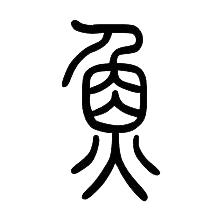泰国斗鱼 tài guó dòu yú 暹罗斗鱼 五彩搏鱼
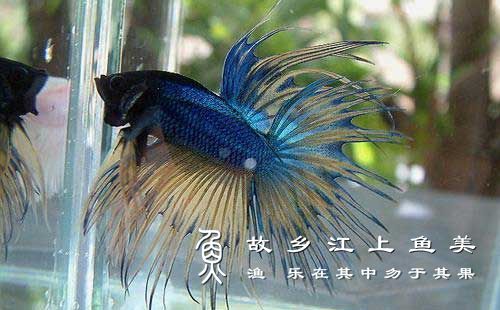
| 中文名 | 五彩搏鱼 | 目 | 鲈形目 |
| 拉丁学名 | Siamese Fighting Fish | 亚目 | 攀鲈亚目 |
| 别名 | 泰国斗鱼、彩雀鱼、暹罗斗鱼、斗鱼、搏鱼 | 科 | 丝足鲈科 |
| 界 | 动物界 | 种 | 五彩搏鱼 |
| 门 | 脊索动物门 | 属 | 斗鱼属 |
| 纲 | 硬骨鱼纲 | 分布区域 | 泰国、马来西亚、新加坡 |
| 亚纲 | 幅鳍亚纲 | 汉语拼音 | tài guó dòu yú |
泰国斗鱼,学名为五彩搏鱼(Betta splendens Regan),隶属于鲈形目(Perciformes)、攀鲈亚目(Anabantoidei)、斗鱼科(Belontiidae)。原生长在热带地区的湖沼、稻田等水流缓慢水域,个体小,有绚丽缤纷的色彩。它主产于东南亚的泰国,让人啧啧称奇的是其好斗的特性,雄鱼之间为了抢占地盘,争夺配偶,经常“大打出手”,甚至“血洒滩头”。也有人称之为暹罗斗鱼、斗鱼、搏鱼、打架鱼和彩雀。和其它斗鱼品种一样,环境的适应能力很强,外形艳丽夸张,属于比较容易饲养的观赏鱼之一
Thai Betta, whose scientific name is Betta splendens Regan, belongs to Perciformes, anabatoidei and belontiidae. It was originally grown in slow flowing waters such as lakes and paddy fields in tropical areas, with small individuals and colorful colors. It is mainly produced in Thailand in Southeast Asia. It is amazing that it is aggressive. In order to seize territory and compete for mates, males often 银行卡fight银行卡 and even 银行卡spill blood on the beach银行卡. Some people also call it Siamese Betta, Betta, fighting fish, fighting fish and colorful finches. Like other Betta species, it has strong adaptability to the environment and gorgeous and exaggerated appearance. It is one of the ornamental fish that are easy to raise
形态特征
泰国斗鱼体侧扁,呈纺锤形。野生的鱼体长约5~6 cm,人工饲养的鱼体长可达8 cm。各鳍长而大,尤以背鳍、臀鳍和尾鳍特别宽大。尾鳍呈圆形。暹罗斗鱼的体色一般呈棕红色,具蓝绿虹彩。在兴奋时,遍体散布着或多或少、或大或小的红色或蓝色的斑纹,体表发出金属光泽,通常为成排的绿点。各鳍绿中透蓝,上有红色图案,但图案位置、大小和颜色深浅,几乎每尾鱼都不一样。
泰国斗鱼体,雌体较小,纺锤形,稍侧扁,原有野生品种体色不是很美,但现在已有鲜红色、绿色、蓝色、黑色、紫红色、乳白色和杂色等多种色彩。这种鱼体型大,色彩美丽,雄鱼的腹鳍、臀鳍、尾鳍、背鳍长大优美,好似武士出场,旌旗招展,威武漂亮之极。这是经过世界各地热带鱼爱好者长期优选、杂交和定向培育的结果
版权:《泰国斗鱼 tài guó dòu yú 暹罗斗鱼 五彩搏鱼》由“鱼花网[www.fishbkw.com]”编辑整理,请勿采集、转载!本文素材均来自网络如有侵权请联系我们予以删除!谢谢...
相关文章
-
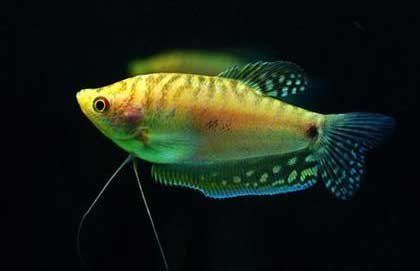
黄曼龙繁殖与培育技巧方法
繁殖亲鱼选择金曼鱼一般经6—7个月的生长就可达到性成熟,最好选择月龄在12—20月之间的金曼龙作亲鱼。此时体长10cm左右,繁殖力最强,一次产卵可达2000多粒;月龄太大的鱼繁殖不理想。对亲鱼的要求是:形体健状、色彩鲜艳,雌鱼必须选择腹部明显膨大的,雄鱼个体应大于雌鱼,否则繁殖不一定能成功。环境将一...
已经有1586人阅读 查看更多 -

金曼龙生活习性特点解读
生活习性对水的要求对水质要求不严,攀鲈科鱼类有褶鳃,可在含氧量较低的水中生活,它有一个辅助呼吸器官,当水中缺氧时,可直接露出水面吞咽空气。作为观赏鱼,为使金曼龙健康活泼地生长,要求DO4mg/L。食性属杂食性鱼类,可以接受多种食物,最爱吃水生活饵料,如枝角类等;也吃人工干饲料,甚至吃活的小鱼苗,但不...
已经有935人阅读 查看更多 -

金曼龙 jīn màn lóng tr
金曼龙是蓝曼龙的变异品种,体长10-20cm,是蓝曼龙的变异品种。金曼龙鱼性情温和,可以和其它品种的热带鱼混养,它们对水质无严格要求,水温18℃以上,黄曼龙鱼长有辅助呼吸器官-褶鳃,可以生活在含氧量少的水中,以动物性饵料为食。...
已经有1506人阅读 查看更多 -
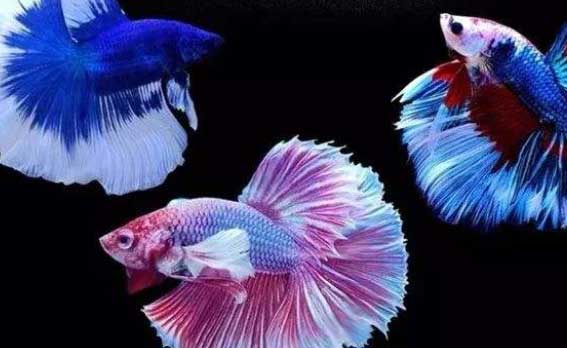
泰国斗鱼好养吗,应该怎么养?
泰国斗鱼最大的特点就是生性好斗,如是一雌一雄混养还算可以,但是养殖两雄,引来的就将是一场名副其实的战争了。所以泰国斗鱼适合单养,而不适合群养。在单养斗鱼的时候,可以适时在一边放面镜子,帮助培养其“斗性”。斗鱼直接在空气中呼吸氧气,不需要充氧,但要有与空气接壤的水面,所有无毒可装水的容器均可,推荐水量...
已经有1235人阅读 查看更多 -
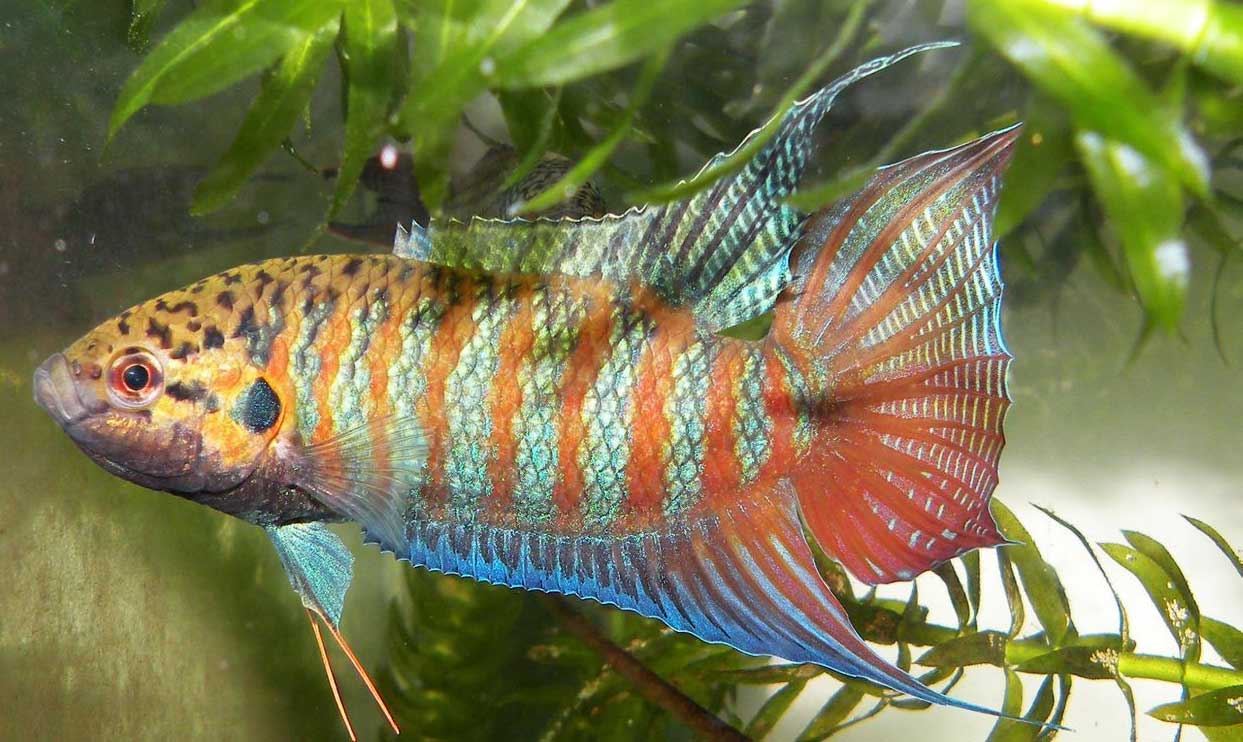
中国斗鱼繁殖特点及饲养技术方法
繁殖特点亲鱼性成熟年龄为6个月。雄鱼体色鲜艳,背鳍、臀末梢尖长;雌鱼体色较淡,腹部浑圆。繁殖水温26~27℃,水质中性。在50厘米30厘米30厘米的鱼缸中漂浮几棵水草,雄鱼在水草旁吐泡沫筑巢,然后将雌鱼推入产巢中完成产卵。产卵结束后,应立即将雌鱼捞出。待仔鱼能自由游动时,再将雄鱼捞出。雌鱼每次产卵3...
已经有2422人阅读 查看更多 -

中国斗鱼 zhōng guó dòu y
双尾斗鱼,是一种原产于亚洲泰国的观赏鱼,是最商品化的热带鱼之一。 泰国斗鱼是一种早已被熟知的观赏鱼,是最商品化的热带鱼之一。虽然说泰国斗鱼雄性之间容易发生争斗,斗鱼不能和其他观赏鱼混缸饲养,泰国半月斗鱼具有比较高的观赏价值。...
已经有1052人阅读 查看更多 -
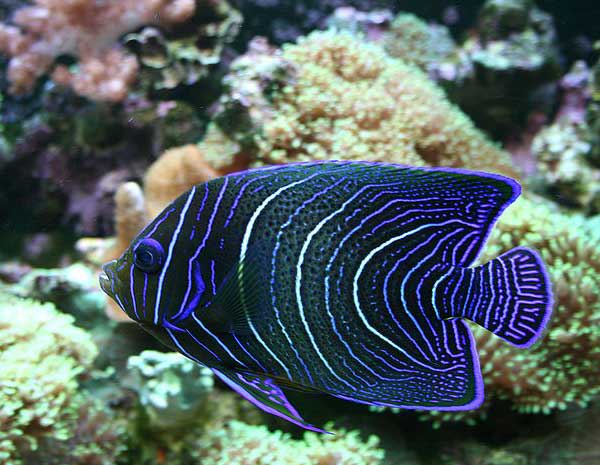
蓝纹神仙鱼外形特点及习性特征
外形特征半环刺盖鱼(英文名:Semicircle angelfish Koran Angelfishes)体长可达40厘米。体卵圆形及侧扁;体被细栉鳞;前鳃盖骨呈幼锯齿状,下角具一水平强棘。幼鱼各鳍圆形;成鱼背鳍及臀鳍末端鳍尖延长。成鱼体前及后1/3部分褐色,中央部分黄绿色,体侧及奇鳍布满蓝色小斑点...
已经有1732人阅读 查看更多 -

半环刺盖鱼 bàn huán cì g
似菱形刺盖鱼(学名:Pomacanthus rhomboides)是刺盖鱼科、刺盖鱼属鱼类。栖息在珊瑚礁海区,主要以海绵为食,也食珊瑚虫、海藻及海鞘等被囊动物,可做观赏鱼。...
已经有983人阅读 查看更多 -
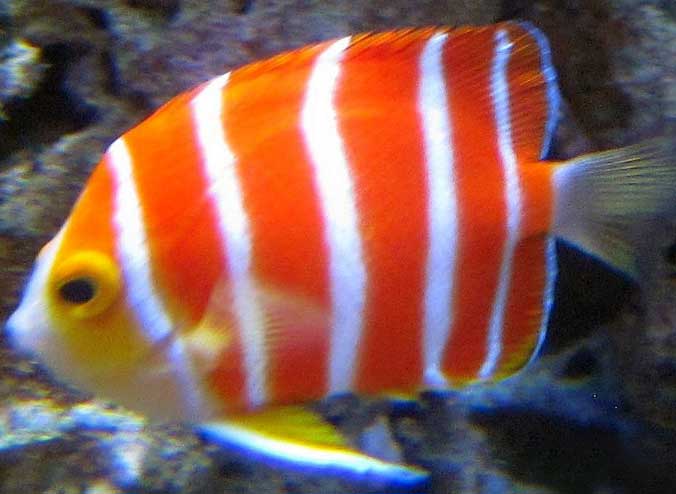
世界上感觉最漂亮的斗鱼鱼有哪些?
1、冠尾斗鱼冠尾鱼因其美丽的鳍而在美国很受欢迎,它们是一种极具侵略性的鱼类,平均寿命为2~3年,通常是红色和蓝色,这些鱼最大长到3英寸。2、马尾斗鱼马尾斗鱼是最常见的鱼种之一,也是最美丽的鱼种之一。它们很容易被发现,因为它们有一个长的,张开的和不整齐的尾巴,它们的尾巴向上拱起,然后又向下倾斜,看起来...
已经有869人阅读 查看更多 -
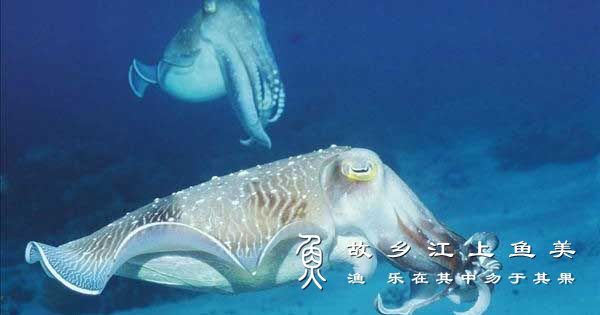
白斑乌贼 ,bái bān wū zéi
乌贼本名乌鲗,又称花枝、墨斗鱼或墨鱼。是软体动物门头足纲乌贼目的动物。乌贼遇到强敌时会以“喷墨”作为逃生的方法并伺机离开,因而有“乌贼”、“墨鱼”等名称。其皮肤中有色素小囊,会随“情绪”的变化而改变颜色和大小。乌贼会跃出海面,具有惊人的空中飞行能力。与鱿鱼和章鱼一样属海洋软体动物,三者均不属于鱼类。...
已经有954人阅读 查看更多
- 六角恐龙 liù jiǎo kǒng lóng Ambystoma mexicanum 墨西哥钝口螈
- 沙漠鱼 shā mò yú Devil's Hole pupfish魔鳉
- 巨型水虎鱼 jù xíng shuǐ hǔ yú 非洲虎鱼
- 福寿鱼 fú shòu yú Oreochromis mossambicus (Peters, 1852)
- 奥尼罗非鱼 ào ní luó fēi yú 奥尼鱼
- 红罗非鱼 hóng luó fēi yú 彩虹鲷
- 奥利亚罗非鱼 ào lì yà luó fēi yú Oreochromis aureus
- 尼罗罗非鱼 ní luó luó fēi yú Oreochromis niloticus
- 尼罗河鲈 ní luó hé lú 维多利亚鲈鱼
- 红尾护头鲿 hóng wěi hù tóu cháng Phractocephalushemioliopterus
